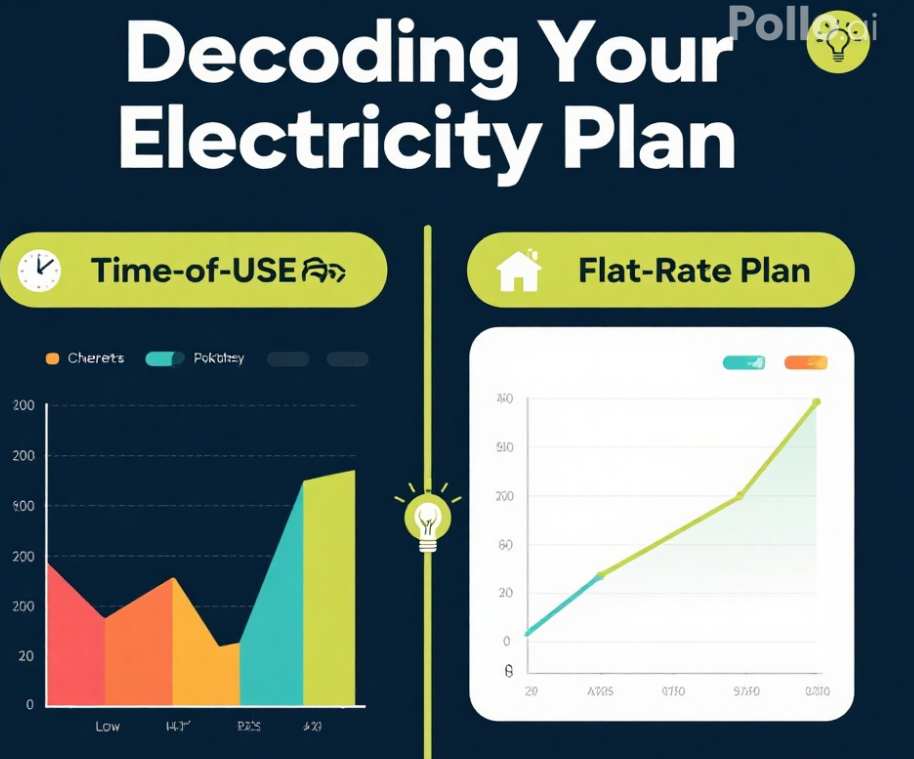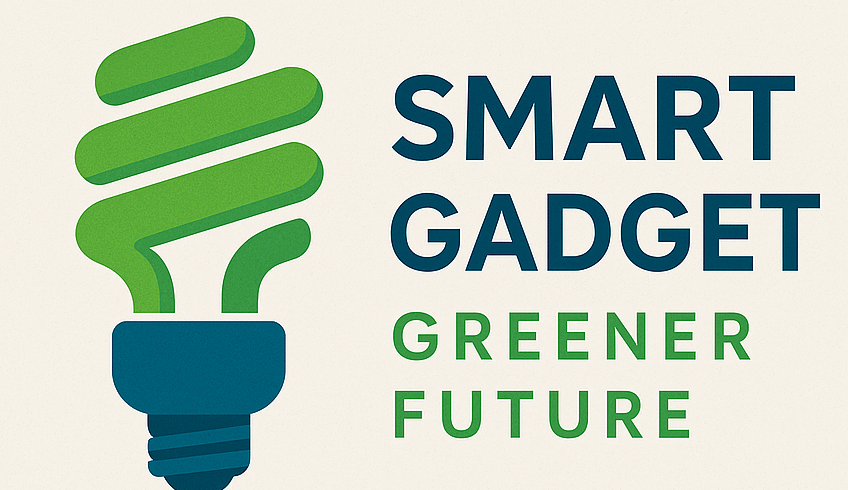Electricity costs feel like a mystery sometimes, right? It’s like you’re paying for a friend’s pizza but never knew it was getting delivered. A big part of managing these costs is understanding the electricity plan you’re on. Not all plans are created equal, and the cheapest one might not always be the best.
Ever noticed those offers for ultra-cheap electricity plans? They often scream savings, but here’s the catch: some of these plans can come with hidden fine print. Seasonal fluctuations and extra fees might offset those savings you initially imagined. It’s not all about getting the lowest price per kilowatt-hour, but finding a balance that fits your lifestyle.
When searching for an electricity plan, think about your daily routine. Do you use most of your power in the evenings? Then maybe a time-of-use plan could save you some bucks. These plans charge you less when there’s less demand on the grid. However, if your household is buzzing with energy-hogging gadgets day and night, a flat-rate plan might be more predictable.
Remember, the energy market is dynamic, with plenty of providers competing for your attention. It pays to compare them, look at customer reviews, and check any additional perks they might offer, like green energy options or discounts for long-term deals. Knowledge is power, in this case, to keep costs down.
Practical Steps to Slash Electricity Usage at Home

Facing those electricity bills each month can be a bit daunting, but there are straightforward tricks you can use to cut down on costs. Little shifts in behaviour coupled with smart habits can make a big difference over time. Let’s look at some simple ways to start saving today.
First off, ever thought about how much energy your appliances use when they’re turned off but still plugged in? It’s called idle or phantom power. Unplugging devices when they’re not in use can save a chunk of change. From toasters to TVs, many gadgets just sit there silently sipping electricity unless you power them down completely.
Next, consider investing in smart power strips. These nifty tools can automatically detect when devices are in standby mode and cut off the power supply to them. They act like tiny sentries, ensuring energy isn’t wasted on devices that aren’t actively being used.
Another tip is thinking about your heating and cooling habits. Try adjusting your thermostat a degree or two; you might hardly notice the comfort difference, but your wallet definitely will. Using fa2222ns in the summer and bundling up with a sweater in the winter can also ease the load on energy consumption.
One of the simplest and no-cost tricks is making the most of natural light. Opening up those blinds and letting the sunshine flood in can reduce your reliance on artificial lighting during the day. It’s all about making those small changes that add up to big savings.
Energy-Saving Appliances: Investing In Your Future
Switching to energy-efficient appliances might feel like a big upfront cost, but it’s one of the most impactful ways to cut down on energy expenses long-term. Taking the plunge into energy-saving technology often pays for itself through reduced utility bills and contributes to a greener planet.
‘Energy Star’ appliances are a game-changer. Appliances with this certification meet standards set by the U.S. Environmental Protection Agency for energy efficiency. From refrigerators to washing machines, choosing Energy Star-rated products means you’ve got modern technology working to minimize energy consumption and protect the environment.
Upgrading outdated appliances can significantly reduce electricity usage. Older models are notorious for energy wastage. For example, if your fridge has been around since the early 2000s, it might be guzzling energy daily versus a modern, efficient model that keeps the chill without the thrill of high bills.
Energy-efficient appliances come with advanced features that optimize their operation. Think adjustable refrigerator shelves that let you organize better and LED lighting that’s soft on your eyes and your power bill. Many also offer smart tech integrations allowing remote control and energy monitoring, giving you real-time power use data at your fingertips.
Considering the bigger picture, Energy Star appliances might seem pricey at first, but the savings you’ll see over time make them worth the investment. Plus, many utility companies and governments offer rebates and incentives to help cover initial costs, so check those out too. It’s a true win-win for your finances and the environment.
Top Brands For Energy-Efficient Home Appliances
When diving into energy-efficient gadgets, knowing which brands to trust can be a real timesaver. Some companies have built solid reputations for producing appliances that don’t just look sleek but also work smarter by using less energy.
One major name that usually pops up in this space is LG. Known for incorporating cutting-edge technology, LG offers appliances that marry performance with energy conservation. From their smart refrigerators to energy-efficient washers, they’ve got a pretty good track record for helping customers keep energy usage in check.
Samsung is another heavyweight in the appliance world. Their Energy Star-certified products range from TV sets to dishwashers, all designed to operate efficiently without sacrificing functionality. Customers often rave about the combination of aesthetics and eco-friendliness that Samsung brings to the table.
Bosch takes a slightly different angle with a relentless focus on sustainability. Offering appliances that cater to eco-conscious consumers, Bosch ensures each product is engineered to minimize environmental impact, covering all bases from reduced water usage to lowering electricity consumption.
When hunting for appliances jam-packed with energy-saving features, Whirlpool also ranks high. Their offerings combine affordability with efficiency, providing households with solutions that don’t break the bank but help cut utility costs significantly.
With numerous brands vying for your attention, understanding what makes an appliance truly energy efficient is crucial. Look beyond flashy features and marketing noise. Check the technical specs and seek out reviews, paying attention to how real-world usage stacks up against manufacturers’ claims.
Creating A Sustainable And Cost-Saving Home Environment

Crafting a sustainable home isn’t just about buying the right stuff; it’s about creating habits and systems that keep your energy use in check. An effective way to start is by getting familiar with your home’s energy patterns.
Doing an energy audit on your home is like giving it a health check-up. This process identifies areas where energy use is high and highlights opportunities to reduce consumption. You can hire a professional for a thorough assessment, or DIY kits are available if you prefer to tackle it yourself.
Incorporating smart technology is another step towards sustainability. Smart thermostats come into play here, adjusting temperatures based on your habits and preferences to save energy. You can control them via your smartphone, making sure your home is energy-efficient, even when you’re not there.
Then, there’s the good old habit of tweaking. This involves things like turning off lights when leaving a room and cutting minutes off your shower time. These small shifts can significantly impact your overall energy consumption, leading to cost savings.
Now, get to know your smart meter if you have one. These handy devices provide real-time info on your electricity use, giving insights right at your fingertips. With this knowledge, you can adjust your habits to maximize energy savings.
Creating a sustainable home environment is about putting all these elements together, making it easy to stay energy efficient. In the end, it’s about living comfortably and responsibly, saving money, and doing your bit for the planet.
